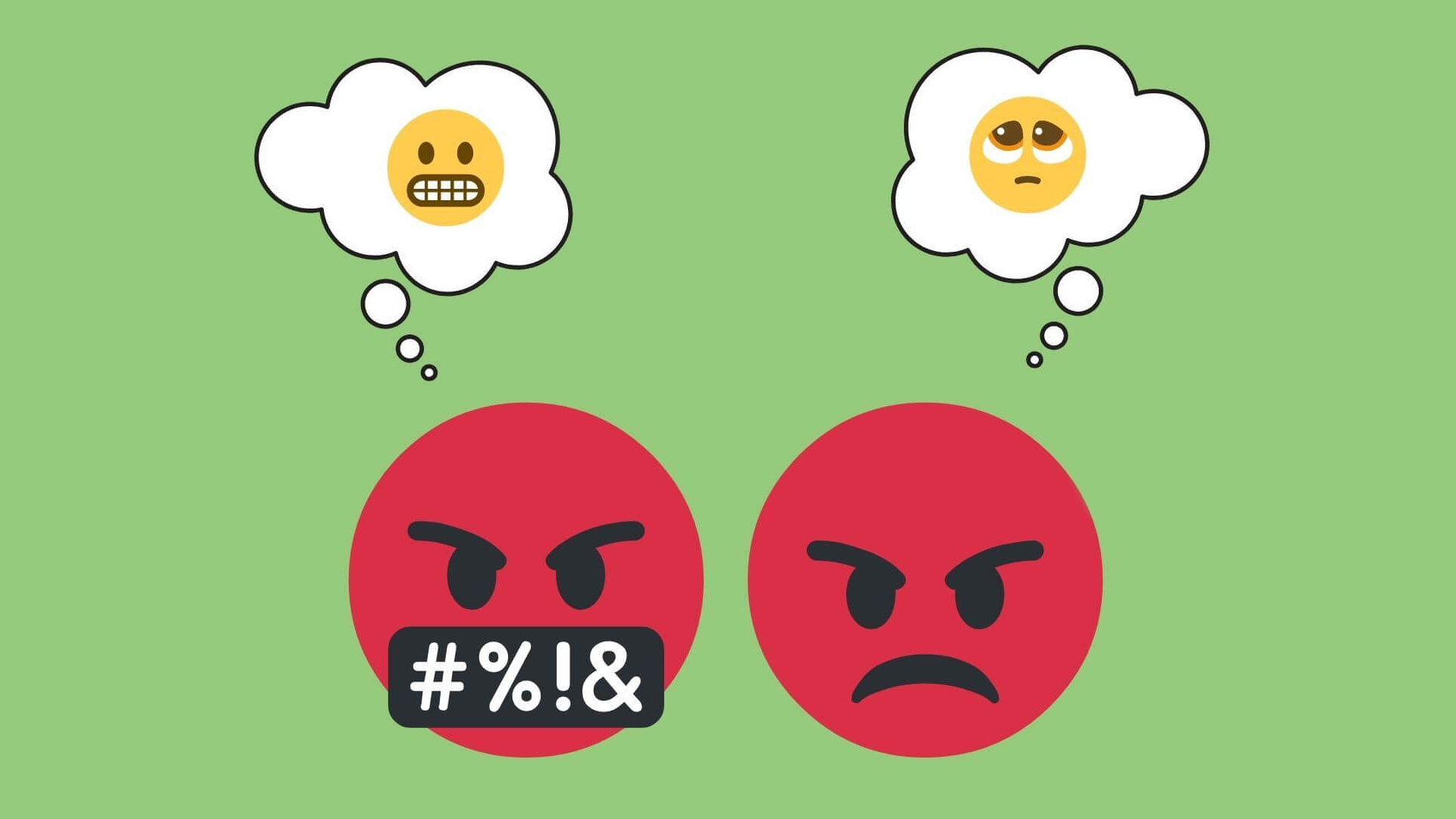Conflict Styles: How We Handle Disagreements

When a disagreement pops up, how do you respond?
The Dive
Everyone handles conflict differently. Some of us want to talk it out right away. Others would rather hide under the covers until the whole thing blows over. These different ways of handling disagreement are called conflict styles, and understanding them helps us get better at solving problems without making things worse.
The Turtle is the Avoider. When things get tense, turtles hide in their shells. This style avoids conflict at all costs, hoping the issue will just disappear. Sometimes that’s smart—like when emotions are too hot or the argument isn’t worth it. But too much avoidance can leave problems unsolved and relationships unclear.
The Shark is the Competitor. Sharks go after what they want and don’t worry much about feelings. This style can be helpful in emergencies or when quick decisions are needed, but it can also feel aggressive or unfair if used too often, especially in friendships.
The Teddy Bear is the Accommodator. These people care a lot about peace and relationships and may give in just to keep others happy. This works when the issue isn’t that important, but if you always give up what you want, you might feel left out or invisible.
The Fox is the Compromiser. Foxes are clever—they look for middle ground. Both sides give a little and get a little. This style is useful when time is short or the issue isn’t too big, but nobody gets everything they want.
The Owl is the Collaborator. Owls want a win-win. They listen carefully, share their own needs, and work to find a solution that works for everyone. This is the gold standard of conflict resolution, especially for big problems or long-term relationships. But it takes patience, honesty, and teamwork.
No one style is always right or wrong. Different situations call for different approaches. The key is knowing which style you tend to use—and learning when to switch gears. Do you know your go-to style?
Practicing healthy conflict styles—especially collaboration—helps build stronger relationships, clearer communication, and mutual respect. When we learn how to disagree without being disrespectful, we grow into more confident, compassionate people.
Why It Matters
Conflict is a normal part of life—at school, at home, and in the world. But how we respond to conflict can either build bridges or burn them. Learning about conflict styles helps us understand ourselves and others better, giving us the tools to manage disagreements with courage, empathy, and respect. These are skills that don’t just solve today’s arguments—they shape tomorrow’s leaders.
?
Which conflict style do you use the most? Why?
Have you ever used more than one conflict style in the same situation?
Why might avoiding conflict be the right choice sometimes?
How can collaboration make relationships stronger?
What are the downsides of always accommodating others?
What’s the difference between compromising and collaborating?
Can you think of a time you acted like a 'fox' in a conflict?
What might help you switch to a more helpful style in future disagreements?
Dig Deeper
Learn how people respond to conflict differently—and how to identify your own style.
Related

Practicing Compassion: Responding with Kindness Instead of Reacting
Compassion is empathy in action — the choice to respond with kindness even when it’s easier to snap back. In conflict, compassion is what turns reaction into thoughtful response.

Understanding Conflict: Why We Clash and How to Work It Out
Conflict is part of being human. Whether it’s a disagreement with a friend, a clash over ideas, or just a bad mood meeting a worse one—understanding what causes conflict and how to handle it can turn friction into growth.

Feelings & Conflict: Understanding Emotions in Disagreements
Conflict isn’t just about facts—it’s about feelings. Big emotions like worry, anger, and fear can shape how we respond in a disagreement. Understanding these feelings is the first step to handling conflict in a healthier way.
Further Reading
Stay curious!
